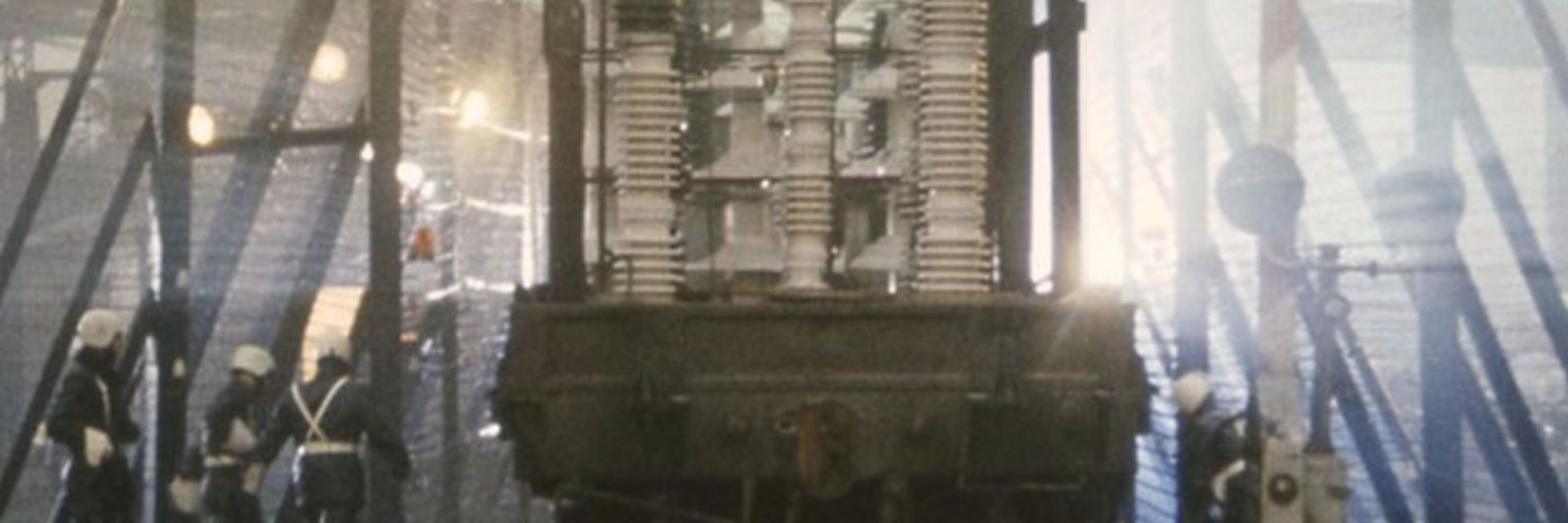Birb_at_Arms
@birblib.bsky.social
890 followers
790 following
7.6K posts
Skeets about history, politics, martial arts, birbs and post-Soviet space. He/Him
Posts
Media
Videos
Starter Packs






